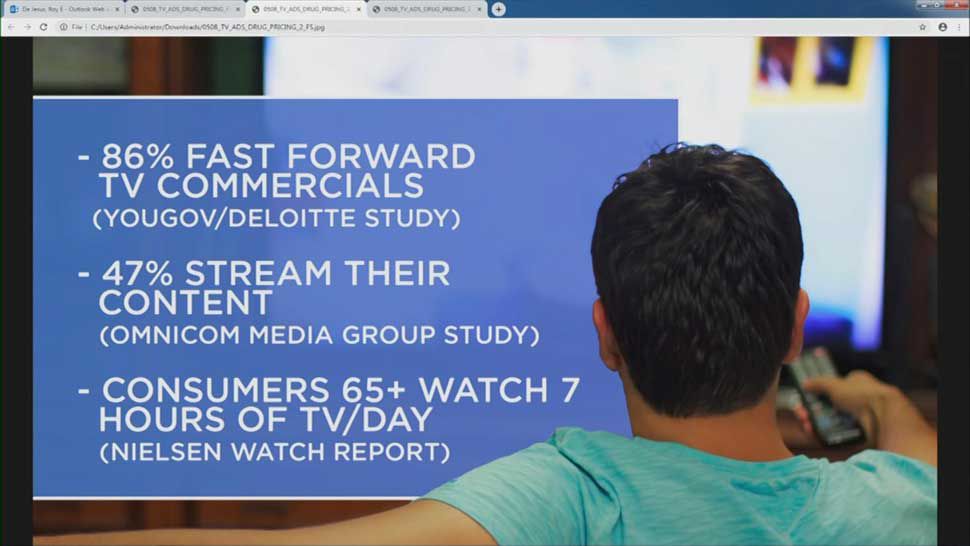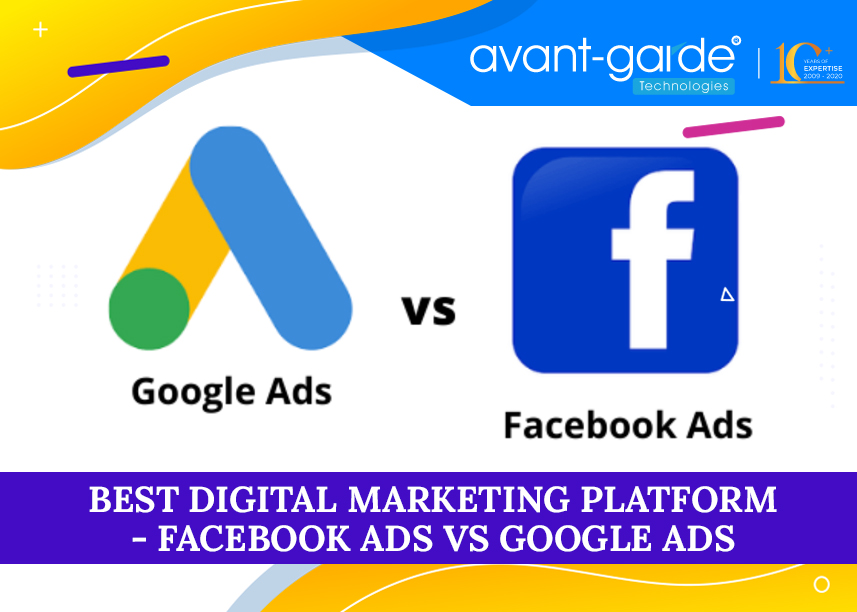
Digital Advertising Alliance (DAA), an online self-regulatory association for behavioral advertising, is one example. Its members include several prominent national advertising trade associations. Founded in 2010, the DAA has a policy framework that delineates data uses and provides consumers with the ability to opt-out of personalized advertising. The organization also offers a portal that allows users to manage their advertising preferences.
The DAA is comprised of several leading national advertising trade associations, such as the American Advertising Federation, Interactive Advertising Bureau, or the Network Advertising Initiative. They focus on transparency and consumer choice.
The DAA recently published guidelines for advertisers on how to comply with the California Consumer Privacy Act (CCPA). Targeted advertising companies that collect personal data from consumers must comply with the state's "Do not sell" request. Indirectly collecting such information from companies must adhere to the law. This means identifying and certifying that the company's policy framework is in compliance with DAA.

A new DAA program provides mobile consumers additional control over their advertising choices. These new tools will allow users to choose whether they want to see ads based on their location, interest-based data or a combination thereof. They will also complement existing optout mechanisms. These tools allow users to select whether they want to see ads based upon location, interest-based information, or a combination thereof.
Mobile advertising presents unique challenges to brands. Although traditional funnels for conversion are still valid, mobile has made it necessary to use an integrated approach. A report by the Interactive Advertising Bureau claims that location data can help publishers increase their revenue by 20 to 30%. This does not mean companies should collect location data without permission. A number of privacy laws and guidelines protect consumers and prevent unauthorised collection of geolocation data.
To protect user privacy, the DAA has launched a new certification process for providers of Addressable Media Identifiers (AMIs). Using AMIs provides important functionality for ad-supported digital content. These identifiers can be used to identify browsers, applications, and devices. These identifiers allow advertising platforms and networks to target advertisements to users' specific interests. AMIs, which are different from tokens and cookies, can track and identify individuals. They offer privacy protections to millions of consumers, among other things.
Digital ad networks connect advertising companies to digital property owners, such as publishers. Advertisers will only pay the ad networks if their campaign meets predetermined targets. Depending on the size of the ad network, advertisers can be assigned to specific markets. Guardian and Economist are both partners in an advertising alliance formed by the Financial Times and Reuters.

Today, news organizations occupy just 12 percent of the digital ad market. Pangaea - a combined advertising alliance comprising the Guardian and Financial Times - aims at breaking into this sector.
FAQ
What is an advertisement campaign?
An advertising campaign is a series of advertisements designed to promote a product or service. It could also refer the entire production of such advertisements.
The term "ad" comes from the Latin word for "to sell." Marcus Terentius Varro (116–27 BC) was the first person to use it. It meant "to sell".
Advertising campaigns are usually done by large companies and agencies. Many media types can be used in these campaigns, including television, radio and print.
Advertising campaigns typically last for several months and have specific goals. Some campaigns are designed to increase awareness, while others aim to increase sales.
What do you need to know about print advertising?
Print advertising is a great medium to communicate with customers. Print advertising is used extensively by companies to promote their products or services. The main goal is to catch the attention and buy from the consumer.
Print ads are usually one-page long. They contain text, images, logos, and any other graphics. They may also include sound, animation, video, and hyperlinks.
The following are the main types print advertisements:
1. Brochures - Large format printed brochures are used to draw people in to stores. They often have colorful pictures and eye-catching designs.
2. Catalogues: These are smaller versions or brochures. They are sent to customers who have requested specific information.
3. Flyers – These are small pieces made of paper that are distributed at events, such as fairs or concerts. These flyers are usually free, but they must be purchased if given to retail outlets.
4. Flyers are also available in posters. They are displayed on walls, fences, and buildings. They are typically created using computer software programs that aim to attract the attention of passersby.
5. Direct mail – These are direct mail letters and postcards sent to potential customers. These cards are sent by companies periodically to remind their customers about their company.
6. Newspaper Ads are placed in newspapers and magazines. These are typically quite long and often contain text as well images.
What is an advert buyer?
Advertising space is purchased by an advertiser on TV, radio and printed media.
Advertisers pay for the time their message appears.
They are not necessarily looking for the best ad but rather what is most effective at reaching their target market.
Advertisers might have certain demographic information about potential customers. This could include age, gender income level, marital status and occupation as well as hobbies, interests, and so on.
Advertisers can use these data to determine the best medium for them. For example, they might decide that direct mail would be more effective with older audiences.
Advertisers also take into account the competition. Advertisers will look at the competition to see if similar businesses are nearby.
Advertisers also need to consider their budget size and how long they will spend it before it expires.
What is advertising?
Advertising is an art. Advertising is not about selling products. It's all about creating emotional connections between people with brands.
Advertising is about telling stories and using images to communicate ideas.
You have to make sure you are communicating clearly and persuasively. You must tell a story that is relatable to your target market.
Advertising is therefore distinct from other forms communication such as writing and public speaking.
You are building a brand identity when you run a successful advertising campaign.
This is how you make yourself memorable. You become someone who people want to remember.
What is the basic purpose of advertising?
Advertising is not just about selling products; it's also about creating an emotional connection between you and your customers.
Advertising is about communicating values and ideas to people who are interested in your products or services. Advertising is about changing minds and attitudes. It's about building trust.
It's all about making people feel good about themselves.
But, if you don’t have a clear understanding of your customers’ needs, you will not be able sell anything.
It is essential to first understand the needs and purchasing habits of your customer before you embark on any advertising project.
Then, you can create ads that resonate.
What should you know about radio advertising
You should understand how the different types of media affect each other. Remember that media can complement each other and are not necessarily competitive.
Radio is best used as an extension of television advertising. Radio can complement TV advertising by reinforcing key messages, and providing additional information.
For radio listeners, TV commercials can often be too long. Radio ads are usually shorter and less expensive.
How much does it cost for social media advertising?
This route is not for everyone. You will be charged monthly based on how much time you spend on each platform.
Facebook: $0.10 per 1,000 impressions
Twitter - $0.20 per 1,000 impressions (if you tweet)
If you send out invitations to Linkedin, $0.30 per 1,000 impressions
Instagram: $0.50 per 1,000 impressions
Snapchat – $0.60 per 1,000 impressions ($0.40 for each user)
YouTube - $0.25 per 1,000 views
Tumblr - $0.15 per 1,000 impressions for text posts.
Pinterest - $0.05 per 1,000 impressions per month
Google + $0.15-$0.20 Per 1 Million Impressions
Tumblr - $0.15- $0.20 per 100,000 impressions
Vimeo - $0.20- $0.25 per 10,000 impressions
Soundcloud - $0.20-$0.25 per 1 million plays
StumbleUpon - $0.20 -$0.25 per 1 billion pageviews
Digg - $0.20 - $0.25 per 1000 diggs
Reddit - $0.20 - $0.0.25 per 1000 Comments
Wordpress - $0.20 to-$0.25 for 500 comments
Flickr - $0.20 -- $0.25 per 5,000 photo uploads
Statistics
- Advertising spending as a share of GDP was about 2.9 percent. (en.wikipedia.org)
- It collects money from the advertisers, keeps 32% for its role in facilitating the process, and the remaining 68% goes to the publisher (you). (quicksprout.com)
- Worldwide spending on advertising in 2015 amounted to an estimated US$529.43 billion. (en.wikipedia.org)
- Advertising's projected distribution for 2017 was 40.4% on TV, 33.3% on digital, 9% on newspapers, 6.9% on magazines, 5.8% outdoor, and 4.3% on radio. (en.wikipedia.org)
External Links
How To
How do I place my advertisement on a billboard
While billboards have existed since the late 1800s they became more popular after World War II, when they were installed along roadsides and highways. Most billboards are text-based advertising. Some also include photographs or artwork. Many billboards are static. Others display messages that change periodically, such a weather forecast, stock price, stock scores, political events, or stock market prices.
Most billboards are outdoor displays, although there are indoor versions, too. Outdoor billboards are usually seen by motorists passing by them several times per day. Indoor billboards may only be viewed once every few year. The most common type of outdoor billboard is called a "cubic" billboard because it is composed of three layers -- two sheets of glass sandwiching a layer of fiberglass mesh. This allows air flow through the billboard and keeps it cool in summer and warm in winter.
Companies like Billboard Advertising Inc. are paid by advertisers to place their ads on billboards. These companies then make space available on billboards for advertisers. These billboards are purchased by advertisers according to how much they wish to spend on advertising. They often choose the best locations for their ads based on where people drive and walk the most.
Billboard Advertising Inc. sells advertising space. It also has agreements with local governments to place signs on public property. Some cities allow billboards anywhere; others restrict them to certain areas. Chicago, for example requires that billboards are no higher than 1,000 feet from any highway. Others cities have a requirement that billboards are no closer to a school or church than 500 feet.
Billboard Advertising Inc. has contracts for products and services promotion throughout the United States.